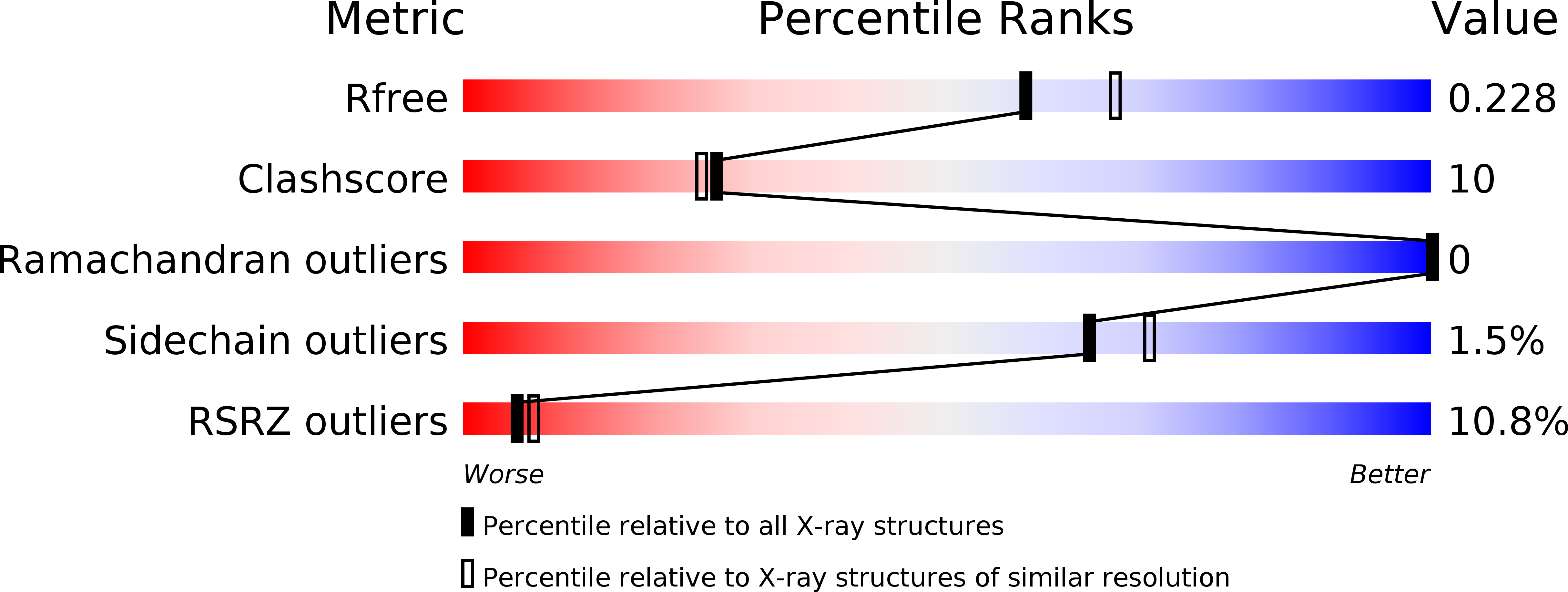
Deposition Date
2017-04-11
Release Date
2017-05-17
Last Version Date
2023-10-04
Method Details:
Experimental Method:
Resolution:
2.10 Å
R-Value Free:
0.22
R-Value Work:
0.19
R-Value Observed:
0.19
Space Group:
C 1 2 1


